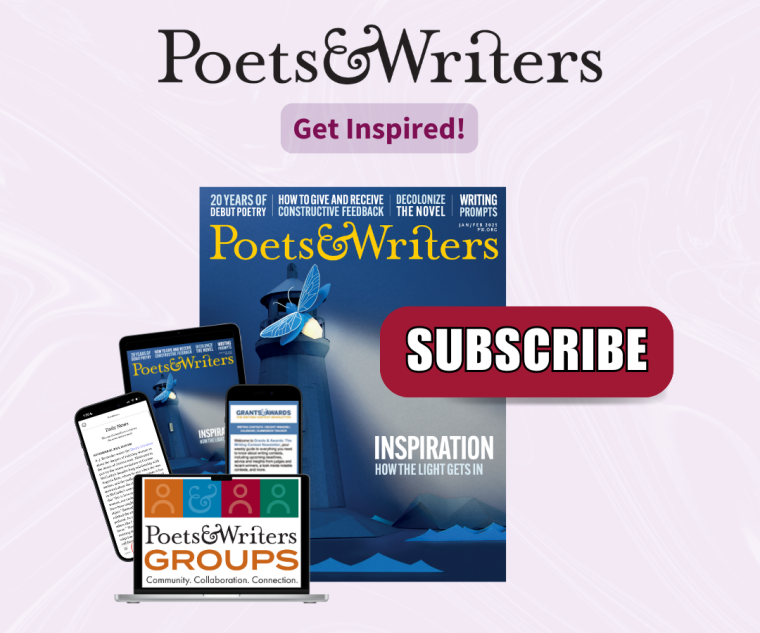Recurring Character
“There is sort of a recurring character with different names, this extremely self-possessed, undereducated person. There’s absolutely an element of autobiography there,” says Emily St. John Mandel in a profile by Michael Bourne in the March/April issue of Poets & Writers Magazine. Bourne describes the different iterations of heroines that have surfaced again and again in each of Mandel’s novels: “The figure of the rootless young woman with few worldly possessions beyond a fierce intelligence and a certain relentlessness.” Think of a character from a short story you’ve written in the past who possesses certain personality traits based on your own, and resurrect this character for a new story. Which characteristics remain intact and which are more dispensable?




